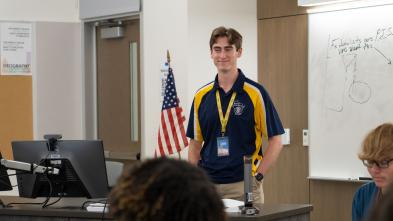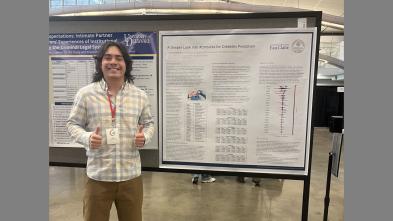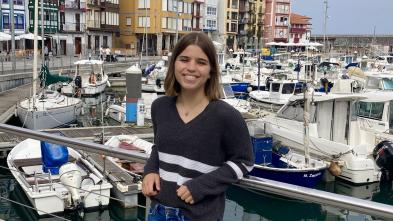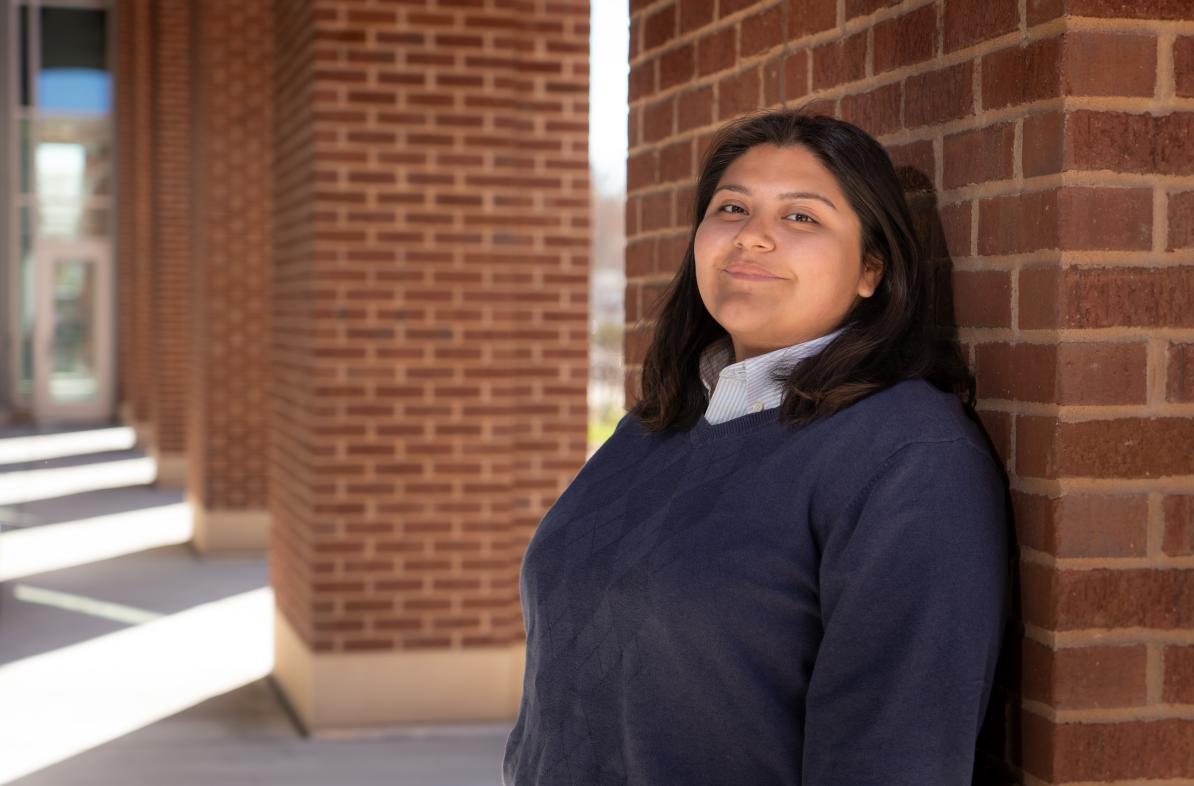
Reflections of my Civil Rights Pilgrimage experience: Emma Velazquez
Editor's note: Emma Velazquez is a second-year social work major who graciously shared her personal reflections of the Civil Rights Pilgrimage for publication.
The Civil Rights Pilgrimage is one of the most life-changing immersion programs that the University of Wisconsin-Eau Claire has to offer, and I hope to encourage students to take advantage of such a special opportunity. Thanks to the people I met and the diverse environments I saw, my eyes were opened to the culture of the South, along with many tragic stories and outcomes of racism. The histories and firsthand accounts presented to us inspired me to bring the stories back here where they will keep shaping me for a long time.
The battle for civil rights is not exclusively a “Southern thing,” but a national past that needs to be recognized across all states. As a social worker, I will devote my life to activism and advocacy for those whose stories aren’t widespread enough, hidden or forgotten experiences that need to be shared.
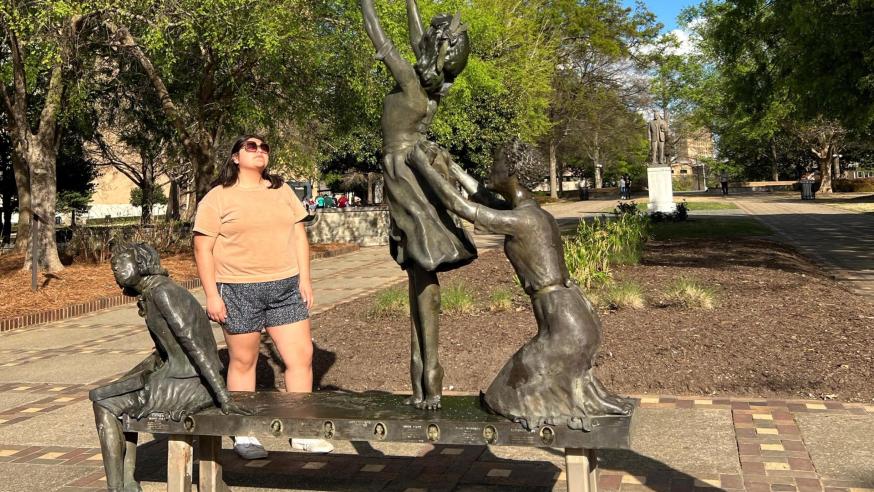
The whole trip made me feel an infinite number of emotions, but here is my best effort at summing up the most impactful locations for me:
Emmett Till Historic Intrepid Center and visit with founder Mayor Johnny B. Thomas
This museum was intensely immersive, a place where visitors learn about Emmett Till, a 14-year-old Black youth whose 1955 murder became a catalyst for the emerging Civil Rights Movement. Along with honoring Till and his family, this museum tells the history of Glendora, Mississippi, where his murder took place. While it was heart-wrenching to learn the details, what struck me hardest was the life of Glendora.
Glendora Mayor Johnny Thomas made opening remarks before our tour and he said something like, “This used to be a cotton farm, then I tried to grow sweet potatoes but that didn’t work, so hopefully this museum does it.” This broke my heart because Thomas works so hard and is someone so deserving of success. I looked around and saw crumbling buildings and junk piles surrounding a small museum that deserves funding for telling Till’s story. Thankfully, the message of healing this museum offers is spreading.
Thomas and his fellow residents of Glendora deserve to live in a town that is allowed to heal from the horrific events of its past rather than be constantly reminded of them. Some of the imagery of their environment, however, makes it feel like the town is stuck. Glendora actually reminded me of the way I grew up — in poverty. Growing up poor in a small town feels like being trapped. Sometimes it takes an outsider coming in to show people that they can highlight the beauty their community has to offer. I hope that the people of Mississippi realize the value of the town of Glendora and show it the kind of love that Thomas and his community members do.
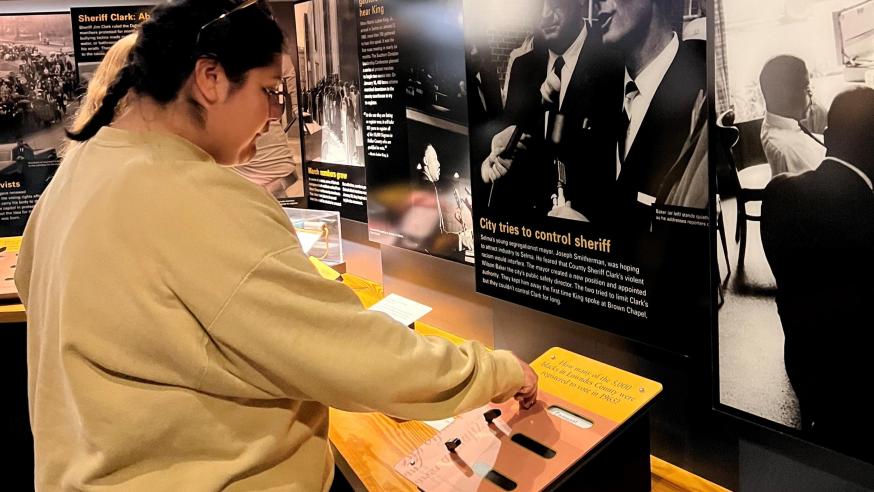
Selma, Alabama, and “foot soldiers” Joanne Bland and Lynda Blackmon Lowery
When I visited Selma, my knowledge of civil rights foot soldiers was so expanded through the opportunity to talk to two women who marched for the right to vote in 1965. A special part of the CRP is being able to hear firsthand accounts like the ones these women shared with us.
Hearing about their experience during Bloody Sunday and the March to Montgomery made the history feel more personal. These women have gone through their whole lives immersing themselves in activism and continuing the fight for equality and justice for their communities. It was inspiring and challenged me to reflect on what I’m doing to follow in their footsteps.
I realized that while I value equality and justice, it’s important that I become more vocal about my beliefs and take actions that support my words; to reflect on my own culture and community. A focus of our time in Selma was that we all work to understand and love where we come from.
I realized that I haven’t always been proud of home because of the stigma around my background as a child of a Latino immigrant. I was always embarrassed by the way my dad spoke and frustrated with him because he didn’t understand what my life was like as an American citizen. The CRP experience is helping reshape my attitude toward him. Rather than suppressing that part of me, I need to celebrate it and immerse myself in my culture; then I can truly start to follow in these women’s footsteps. A first step was to apply to become a student coordinator on the CRP and be part of passing this experience on to more students.
Another big move for me was being recently elected as a UW-Eau Claire off-campus student senator. I plan to work with Multicultural Student Services to shed more light on our students of color and find ways to better support them. I want to help existing and incoming students who have similar “imposter syndrome” feelings to what I have felt. I hope to steer students to MSS as a place to both find community with others who “look like us” but also celebrate all the differences of culture across campus.
I have many more Blugold experiences ahead of me, and I know that what I learned and felt on the CRP will live on, contributing to my interpretations and interactions in the future.
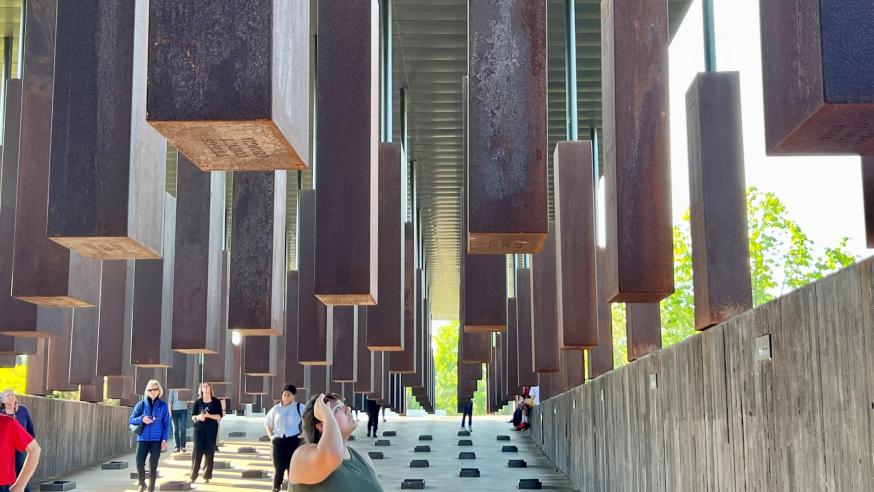
The UW-Eau Claire Civil Rights Pilgrimage takes place twice every year, in January and March. See their website for details.
For more information about the Civil Rights Pilgrimage, contact Jodi Thesing-Ritter, director of the Center for EDI Training, Development and Education at UW-Eau Claire. Thesing-Ritter had the following remarks about Emma Velazquez and the CRP:
"I met Emma as a student in the honors seminar I teach, Women of the Civil Rights Movement. Through the course, I was able to witness her deep desire to learn about social justice," Thesing-Ritter says. "I am always amazed by the way students in this class are able to make critical connections between the content learned in the classroom on campus and the first-person accounts that we are able to witness on location during the immersion experience. Those intense connections ignite a passion for lifelong learning and a commitment to personal action for social justice. I have personally been profoundly impacted by the experience, so it is an incredible opportunity, as an educator, to see the long-term impact of the experience on the students I get to learn with on the Civil Rights Pilgrimage. I cannot wait to see how Emma uses her learning to make positive change in our world in the future."
You may also like
